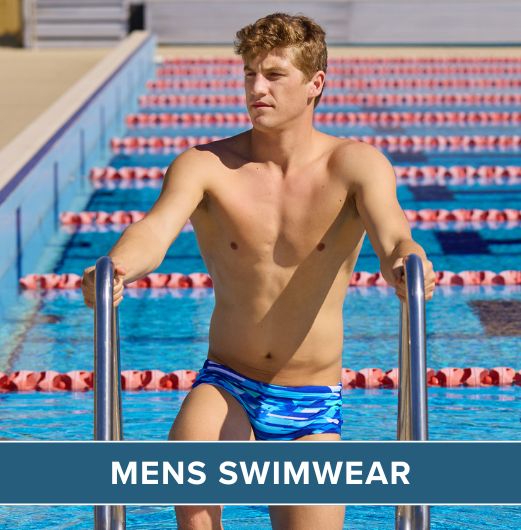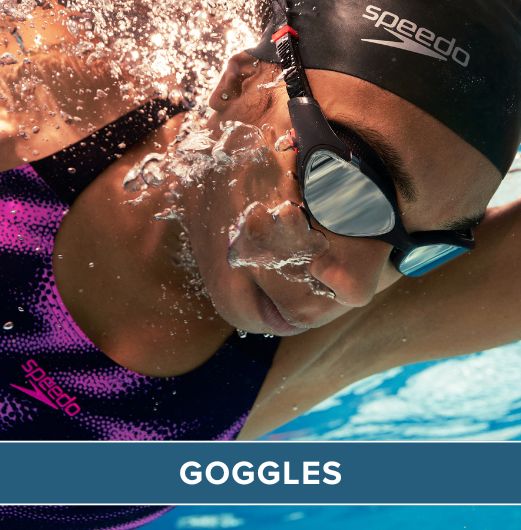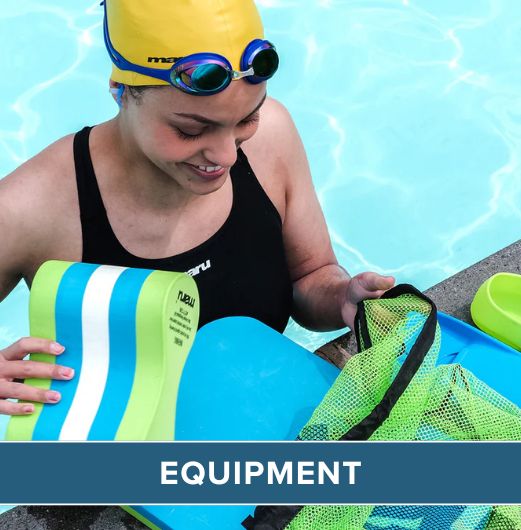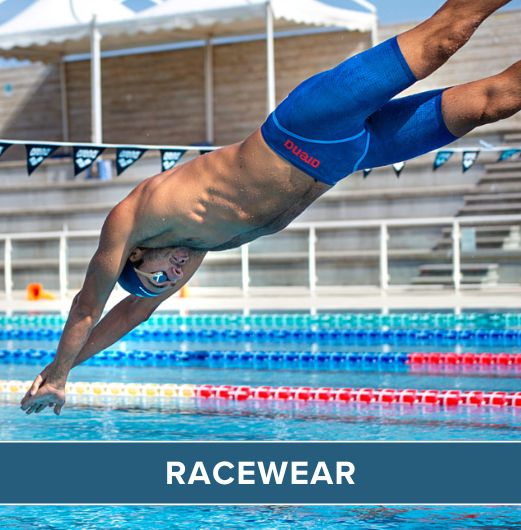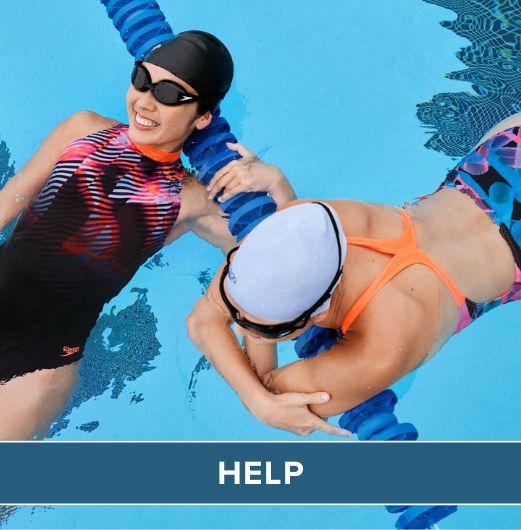
Even though many people fear open water swimming, it is one of most fascinating, enjoyable and liberal water activities that one can ever participate in. Despite its many health benefits, researchers have found out that open water swimming causes fear among people for different reasons: fear of meeting with large fish, fear of being hit by experienced swimmers, fear of swallowing water, fear of the waves, or just fear of the unknown. Whatever the reason is, you should do your best to overcome it if you really need to become an excellent swimmer.
The following are some of the best ways through which you can overcome fear of open swimming:
1. Test the Waters
Before you begin your training session or swimming race, it is very advisable to test the waters by checking the temperature, depth, and clarity. One of the best ways of testing water temperature is by using an underwater thermometer. Before you start testing the waters, you should walk along the shoreline in order to familiarise yourself with the beach, river bed or lake. If you are preparing for a race, you can get in the water for a warm up before the actual race begins. This not only allows you to get used to the water, but also makes you mentally prepared.
If you are intending to wear a wetsuit, make sure that you get in the water when the temperature is not too warm in order to avoid overheating. If the temperature is above 70°, do not get inside the water with a wetsuit. Instead, put on your ordinary swimsuit. Even though wetsuits are meant to create warmth in cooler waters, you should be very careful when going to swim in very cold waters, especially in Canada, Pacific Northwest, or the Northeast.
Pro Tip – Kerri-anne Payne. “Before you take up Open Water Swimming events, get a taste for what swimming in natural water is like”.
2. Stay Calm
It's perfectly normal for a beginner to feel a little nervous during an open water swim. Being surrounded by a large number of swimmers, the tangling of legs, and the splashing of waters can be overwhelming and you'll need to overcome this. All you need to do is to stay calm and focus your mind on what you are doing or what you intend to do. Once you begin swimming, the chaos will fade away as the swimmers spread out. Even though you might not want other swimmers close to you, do not demonstrate your anger or frustration by pushing or kicking them away. Just stay focused and swim to your level best.
Pro Tip – Kerri-anne Payne “Embrace nerves before a race as its part of the process of your body getting ready for a swim, don’t question your training”.
3. Watch Where You are Going
One of the most common challenges normally faced by swimmers is navigating the swim. As opposed to swimming in a pool, there is no black stripe or line running at the bottom of the sea, ocean, or lake to guide you. This makes it very easy for you to lose your way.
One of the best ways of maintaining a straight line is by lifting your head and sighting a particular point or landmark. You can identify a tall building, a tree, or a water tower. Once you have identified your point of focus, you simply need to lift your head every few minutes to look at it. By doing this, you will find that you are swimming in a straight line and hopefully doing better than other swimmers or competitors.
In a triathlon, the swim course will be outlined by a number of buoys. Before the race, go for a warm up in the water and practise sighting. Know how many buoys there are to be passed as well as their colours.
Pro Tip - Sometimes buoys don't make the best markers for sighting. This is because bright swim caps are often the choice of head wear and it can be difficult to sport the difference between a swim hat or buoy in the water. For combining sighting with your technique, Kerri-anne has some great tips in the video below.
4. Strategise
Before you start swimming, take some time to sit back and think critically on your own. You should know where/how to start and how to finish the swim, who your main competitors are, the conditions of the water, your energy levels etc. You might choose to start swimming from the back, from the middle, or from either side of the pack. Wherever you decide to start from, you should be aware of the advantages and disadvantages of your strategy.
One important thing that you need to keep in mind is that an excellent swimmer in the pool is not necessarily an excellent swimmer in open water. Therefore as you train, make sure that you sharpen your swimming skills in order to perform well in open water.
Pro Tip – Kerri-anne Payne “If you’re feeling anxious and need to chill out, turn round onto your back, take a deep breath, trust in your training and preparation and carry on with the race”.
5. Be Aware that the Water Contains Living Creatures
As you prepare to go for an open water swim you must always keep it in mind that the water has vegetation, fish, and even insects, its important that you learn how to deal with them. The most interesting thing is that you might never come across some of these creatures while swimming.
As the race begins, the pack of swimmers splash the waters from different directions, creating disturbing waves and sounds which in turn scare away the creatures and clear the swimming area of weeds and sticks. However, its not uncommon to experience some illnesses from bacteria in the water. Try to cast your mind back to David Walliams heroic efforts, whilst swimming the Thames. He was suspected to have contracted the awful Weils Disease, but luckily it wasn't the case in the end.
6. Breathe and Blow
By using this trick, you can swim for a long time without getting exhausted. In most cases when swimmers panic in the water, they flip onto their backs to catch their breath by taking in large gasps of air. This can lead to dizziness due to the rise in heart beat.
As a good swimmer, you should avoid flipping on your back. Instead, stay face down and turn your head upward whenever you want to breathe in. After breathing in, return your face in the water and blow out the air at a steady rate. By doing this, you will not only have a regulated breath, but you will also be more composed.
Pro Tip – Kerri-anne Payne “When you breath bi-laterally, breath every 3-5 strokes, with a steady rhythm”.
If you have any expert tips you'd love to share, leave them in the comments below and we'll look to add them to our useful tips.
 Free Tracked UK Delivery
Free Tracked UK Delivery Hassle Free Returns
Hassle Free Returns Next Working Day OPTION
Next Working Day OPTION Found It Cheaper?
Found It Cheaper?





